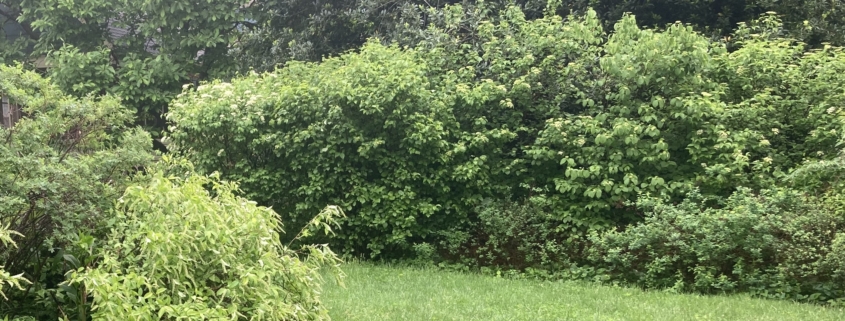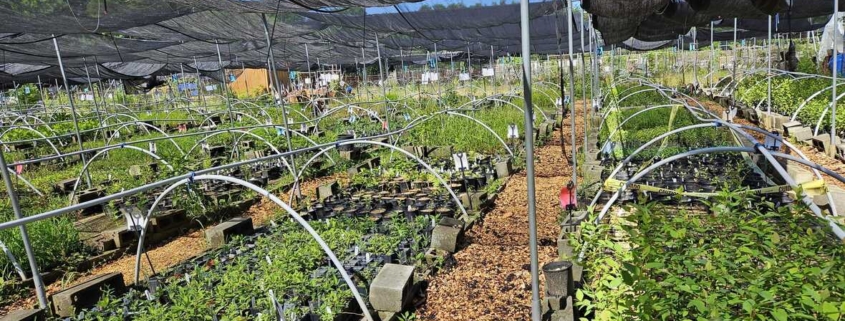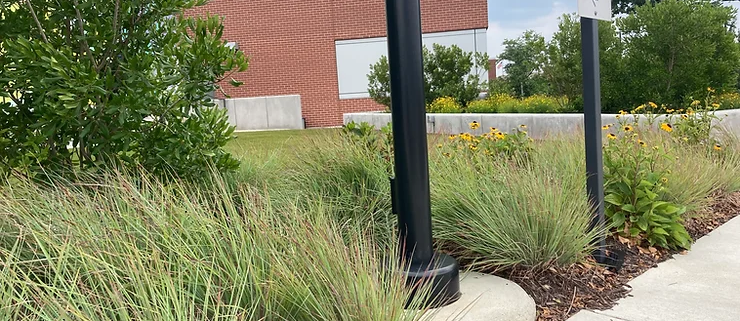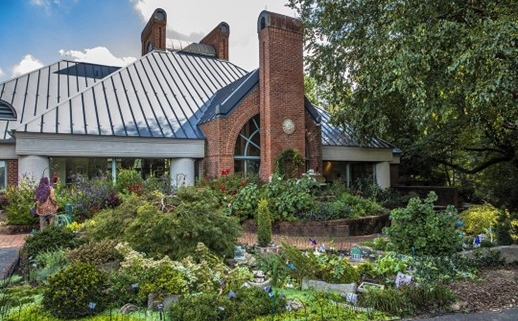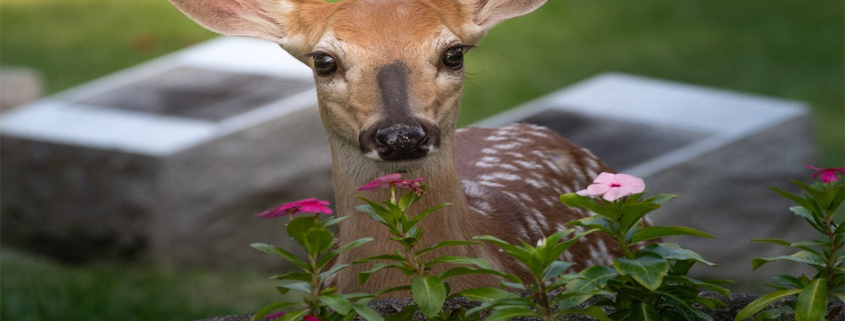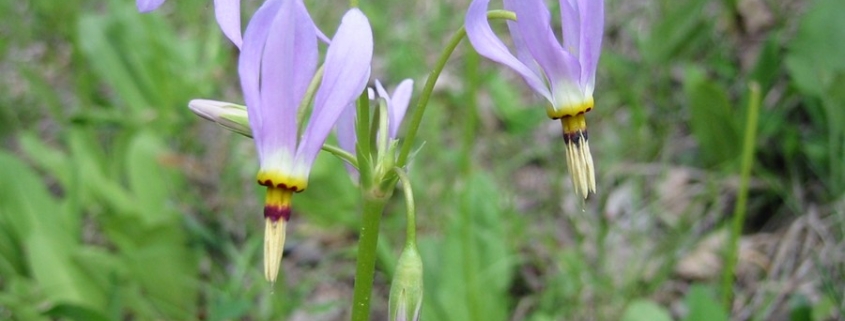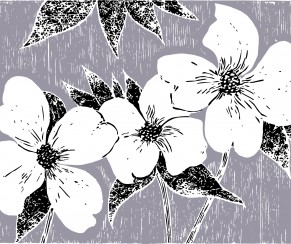Article and photo by Plant NOVA Natives
When they aren’t being bulldozed over, the natural state of most meadows in Northern Virginia is to gradually revert to forest, but that fact does not lessen their importance to the ecosystem. Although there are many threats to our woods, it is the meadows that are disappearing the fastest, which is a big problem for birds and other critters that depend on sizable meadows for habitat. When was the last time you saw a meadowlark or a quail, for example? So if you own land with a natural meadow, you do a great service by preventing it from reforesting (or from being developed.)
Most of us don’t have natural meadows on our properties, but we, too, can help repair some of the damage by adding meadow plant species to our yards. In most cases, that translates to creating pollinator gardens that can serve as mini-meadows or small-scale meadow analogs that attract hummingbirds, butterflies, and other pollinating insects. Even relatively small spaces can foster meadow habitats, especially because much of the ecological value of a meadow comes from common, easy to find, easy to grow species.
Start with just two or three sturdy and meadow-loving natives that produce beautiful flowers and attract pollinators as well, such as Butterfly weed (Asclepias tuberosa), Goldenrod (e.g., Solidago rugosa or Solidago caesia), Mountain mint (e.g., Pycnanthemum tenuifolium), and Hollow Joe-pye-weed (Eutrochium fistulosum). Plants like to grow in communities near other plants. It’s a good idea to put three to five of them together, which mimics the way plants grow naturally in meadows. You can always increase the types and number of native flowering plants in your mini meadow, expanding it over time as your space and interest allows.
Pollinator turnout on flowering natives is high. Dozens if not hundreds of hummingbirds, bumblebees, flies, beetles, and hummingbird moths, along with many other kinds of pollinators, will show up. The more varied your mini meadow offerings, the more diverse the pollinator population it will attract. It is sure to delight and amaze you, especially when compared to the dearth of pollinator activity on non-native landscapes. Don’t be surprised if you start seeing more insect-eating birds such as warblers, Eastern Phoebes, and Eastern Wood-Pewees. They will certainly notice and take advantage of the opportunity.
When planning your mini meadow, don’t forget grasses. Somewhere between 40% and 70% of meadow plant species are some sort of grass, a term used here to include sedges, rushes, and grasses. All grasses are wind pollinated, so you won’t see the same level of pollinator interaction as with the native flowers listed above. But grasses are nevertheless essential to the wildlife of a healthy meadow. Their dense roots, which you will only fully appreciate the first time you try to dig up a native grass plant and move it, help stabilize the soil, prevent erosion, corral assertive native flower species, and tamp down weeds. Birds use grasses for nesting materials. Monarch butterfly larva can use grass stems for cocooning. Grasses are host plants for skipper butterflies. The list goes on. They provide support and protection for many birds, insects, and other small meadow critters living in, on, or close to the ground.
You can find out more about garden-worthy grasses on the
Plant NOVA Natives website. Good bets for your mini meadow include Broomsedge, Eastern narrow-leaved sedge, and Little Bluestem.
You won’t have to go far to find native meadow flowers and grasses for sale. Many sellers are close to where you live. Northern Virginia is fortunate to have several
native-only garden centers. In addition, one-day
native plant sales are held across the region in the spring and fall. Also,
conventional garden centers now supply more native plant options than ever given the growing consumer demand.
No matter how modest or ambitious your plans may be, taking the first step to build a mini meadow habitat is what matters. Your new native plantings will expand meadow-like habitats, increase meadow-loving life, and ultimately improve the biodiversity of the region.




